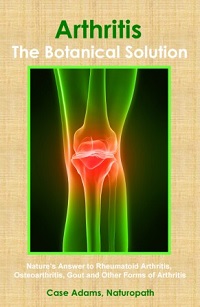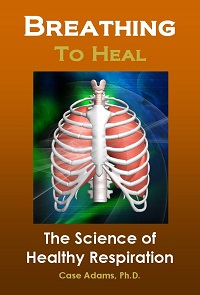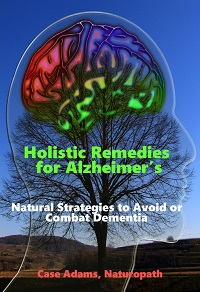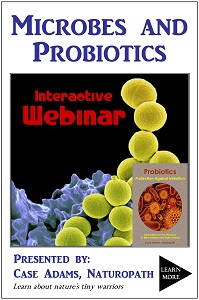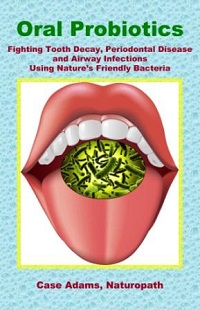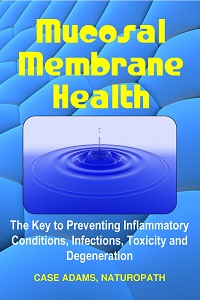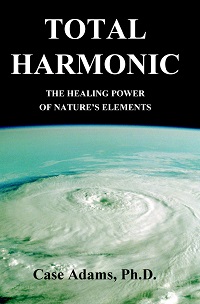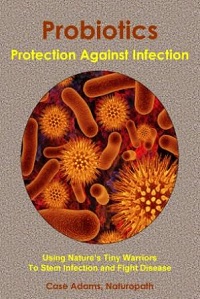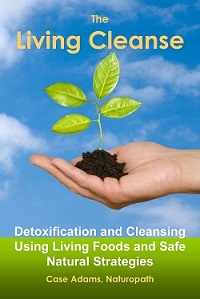BPA Found in Mothers’ Breast Milk and Babies
Nursing school researchers have found the breastmilk of most women and the urine samples of most babies contain the hormone disruptor bisphenol A (BPA).
In this article
Breast milk and babies tested for BPA
The research comes from the School of Nursing and Health Sciences at Boston’s Simmons College. The researchers tested the breast milk of 27 women and the urine of 31 infants. The infants were between three months and 15 months old, and they were screened for environmental exposure to BPA sources. The infants tested had no known environmental exposure outside of a typical household.
The tests analyzed the levels of unconjugated or free BPA as well as total BPA levels – including conjugated BPA. The researchers used solid-phase extraction along with liquid chromatography-isotope dilution with mass spectrometry to determine the levels with accuracy.
The testing found that 93% of the children had significant total BPA levels – averaging from 1.2 to 4.4 micrograms per liter.
The testing also found that 75% of the mothers’ breast milk had detectible amounts of total BPA – in the range of 0.4 to 1.4 micrograms per liter.
The researchers found that levels of free BPA – considered more harmful – were lower than total BPA levels.
The researchers checked the feeding habits of the children to determine whether there was a relationship between their diet and their BPA levels, but found no relationship. Surprisingly, they also could not find a significant relationship between the amount of BPA in the mother’s breast milk and the BPA levels of her baby’s urine.
Adult population tested for BPA
Research from the German Institute for Prevention and Occupational Medicine confirmed similar results from urine and plasma samples taken among the German population between 1995 and 2009. Analyzing 600 urine and plasma samples, the researchers found that total BPA was detectible in over 96% of the samples tested. The BPA concentrations averaged 1.49 micrograms per liter and high levels (in the 95th percentile) averaged 7.37 micrograms per liter.
The researchers found that unconjugated BPA made up the bulk of the BPA found. This indicates environmental exposure. The researchers also concluded, “total BPA in urine as the most appropriate and robust marker for BPA exposure assessment.”
The researchers did not find a significant increase or decrease in overall BPA levels between 1995 and 2009 among the samples.
This of course confirms what science has discovered among so many marine mammals and fish – that BPA tends to bioaccumulate gradually within the tissues and migrates up the food chain. And marine researchers are finding increasing BPA levels among sealife as microplastics are accumulating in the oceans.
These studies also confirm research done in October by the U.S. Centers for Disease Control and Prevention that showed children between three and eleven years of age are accumulating BPA and seven other toxins.
In another study, Swedish researchers tested BPA levels among 100 women and correlated those levels with their exposure to BPA from their diets. They found that the most prevalent BPA sources were from fish, meat, potatoes, and dairy products. This study also indicated the women’s primary source of exposure is through the diet, a direct result of animals bioaccumulating BPA and this accumulation effect finding its way up the food chain to humans. In this study, 76% of the women had detectible levels of BPA in their blood.
BPA disrupts hormones
Bisphenol A is a known hormone disruptor, as it attaches to estrogen receptors within the body. It also has been linked with cancer. Though some government agencies still question the health risks of BPA, in 2006 the Chemical Heritage Foundation, upon request by Congress, conducted a review of BPA research to date. The research concluded that BPA levels found in humans are enough to cause harm and metabolism changes within many of the body’s tissues and organs. “New research on very-low-dose exposure to BPA suggests an association with adverse health effects, including breast and prostate cancer, obesity, neurobehavioral problems, and reproductive abnormalities,” it was concluded. Studies since have confirmed this position.
BPA is a plasticizer and monomer, so most plastics contain BPA. BPA is also used ubiquitously as a building material and among epoxy applications. Industrial manufacturers utilize BPA in many processes, leading to its discharge into the environment. Plastics and microplastics leach into our waterways and soils through garbage and waste disposal plants.
REFERENCES
Mendonca K, Hauser R, Calafat AM, Arbuckle TE, Duty SM. Bisphenol A concentrations in maternal breast milk and infant urine. Int Arch Occup Environ Health. 2012 Dec 5.
Koch HM, Kolossa-Gehring M, Schröter-Kermani C, Angerer J, Brüning T. Bisphenol A in 24 h urine and plasma samples of the German Environmental Specimen Bank from 1995 to 2009: A retrospective exposure evaluation. J Expo Sci Environ Epidemiol. 2012 Nov;22(6):610-6.
Gyllenhammar I, Glynn A, Darnerud PO, Lignell S, van Delft R, Aune M. 4-Nonylphenol and bisphenol A in Swedish food and exposure in Swedish nursing women. Environ Int. 2012 Aug;43:21-8.
Ye X, Zhou X, Wong LY, Calafat AM. Concentrations of Bisphenol A and Seven Other Phenols in Pooled Sera from 3-11 Year Old Children: 2001-2002 National Health and Nutrition Examination Survey. Environ Sci Technol. 2012 Oct 26.
Lee W, Kang CW, Su CK, Okubo K, Nagahama Y. Screening estrogenic activity of environmental contaminants and water samples using a transgenic medaka embryo bioassay. Chemosphere. 2012 Aug;88(8):945-52.
Vogel SA. The politics of plastics: the making and unmaking of bisphenol a “safety”. Am J Public Health. 2009 Nov;99 Suppl 3:S559-66.



